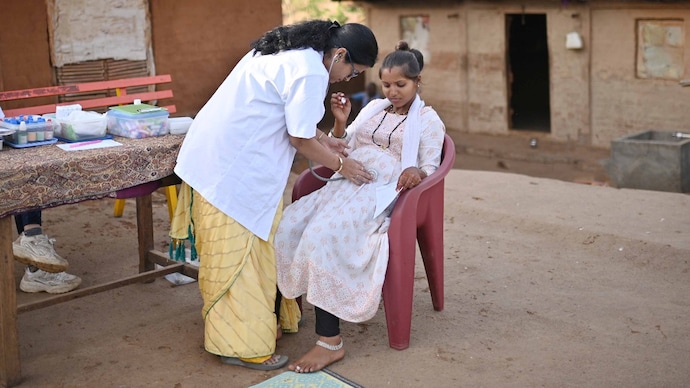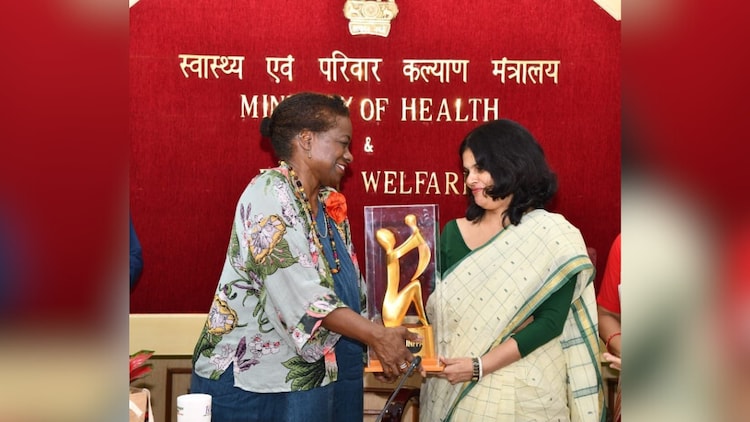India’s maternal mortality rate has declined by 70% between 2000 and 2020
India’s maternal mortality ratio has declined by 70% from 2000 to 2020. According to a UN report released earlier this year, India’s MMR has declined by 6.36%, three times the rate of global decline.

in short
- India’s maternal mortality ratio fell 70% from 2000 to 2020
- Maternal mortality ratio measures the number of maternal deaths per 100,000 live births.
- India’s decline in MMR was three times the global decline
India has reduced its maternal mortality ratio (MMR) by 70% between 2000 and 2020. The United Nations Population Fund (UNFPA) has recognized the country’s success as this achievement brings India closer to achieving the Sustainable Development Goal (SDG) of MMR below 70. Before 2030.
Dr. Natalia Kanem, Executive Director, UNFPA, honored Union Health Secretary Punya Salila Srivastava with a plaque and certificate and underlined UNFPA’s unwavering commitment to partner with India towards women’s health and well-being.

What is maternal mortality ratio?
Maternal mortality ratio (MMR) is an important health indicator that measures the number of maternal deaths per 1,00,000 live births. It refers to the risk of maternal death during pregnancy, childbirth, or within 42 days of delivery.
Low MMR is indicative of better maternal health care and reflects the availability and quality of health services for women.
Health ministry initiatives, such as the Surakshit Matritva Assurance Yojana (SUMAN), which ensures dignified maternity care, and the Pradhan Mantri Surakshit Matritva Abhiyan (PMSMA), which focuses on providing comprehensive antenatal care to pregnant women, have helped reduce the proportion. Have helped.
Progress in India’s Maternal Mortality Ratio
According to a UN report released earlier this year, India’s MMR declined by 6.36%, three times the rate of global decline.

The report titled ‘Trends in Maternal Mortality Rate 2000 to 2020’ showed that India’s MMR declined from 384 in 2000 to 103 in 2020, while the global MMR declined from 339 in 2000 to 223 in 2020.
The average annual rate of decline in global MMR during the period 2000 to 2020 was 2.07%, while India’s MMR declined by 6.36%, which is higher than the global decline.
This progress in MMR reduction is particularly notable for marginalized communities, where maternal health challenges are often more severe. According to the Health Ministry, through targeted interventions, India has not only improved maternal care but also ensured that essential family planning services are accessible.
The total fertility rate (TFR) has also been reduced to below replacement levels, reflecting the success of family planning programs, which now include advanced contraceptive options such as subdermal implants and injectable depot medroxyprogesterone acetate (DPMA), which are used to prevent births. Is a hormonal drug. Control.


